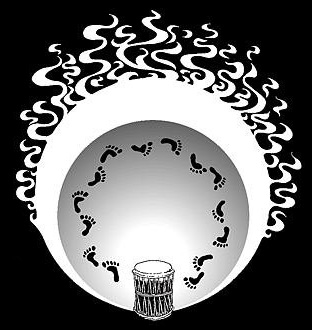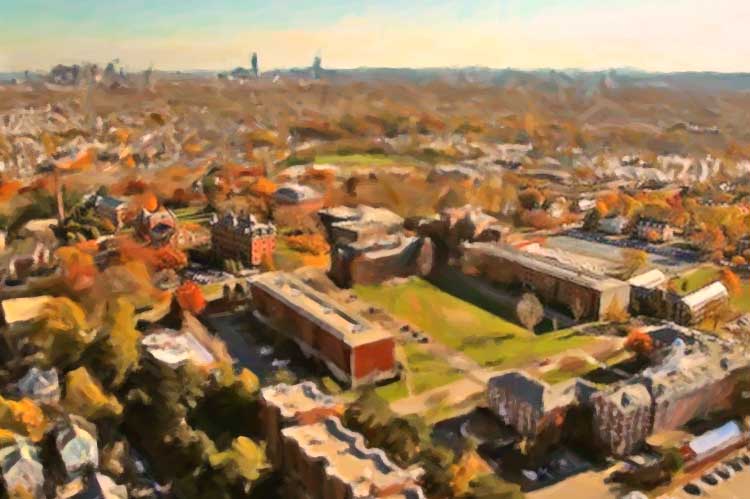Universal Heartbeat: World Cultures
and Community Drumming
Offered at Tufts University, Spring Semester, 2000, 1999, 1998, and 1997
Instructor: Morwen Two Feathers, M.A.
This course examines the connections between two phenomena: 1.) the rise of "world culture" and multiculturalism in the last quarter of the twentieth century, and 2.) the growth of "community drumming", a new form of musical and creative expression which has become increasingly popular in the last ten years. The course includes both sociological inquiry and hands-on instruction in drumming. Topics include: the ancient history of the drum, the use of the drum in "traditional" cultures, issues of appropriation of traditional cultures by the modern drumming movement, and how drumming builds community, as well as basic drumming technique, learning to play specific rhythms, creating improvisational music with drums and percussion, and drum circle facilitation techniques. Optional topics that the students can choose to explore include drumming and healing, particular drumming tradition(s), and gender issues related to drumming in either traditional or modern culture.
This course is appropriate for those with or without previous drumming experience.


